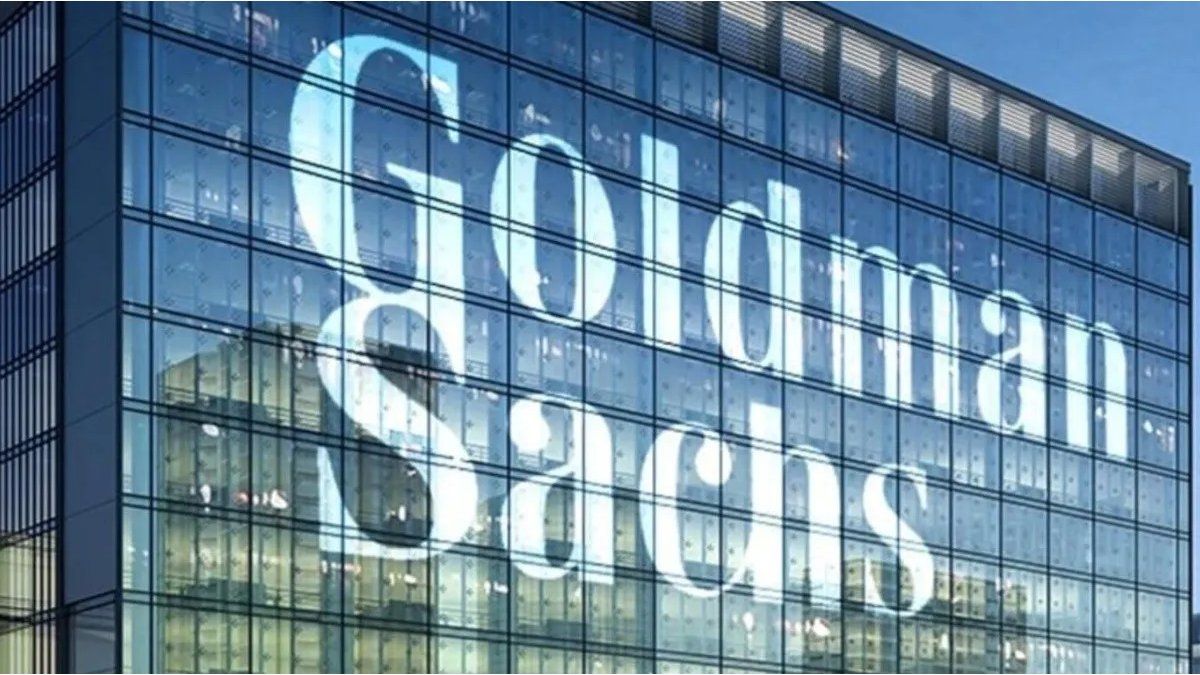In order to meet the federal government’s climate protection requirements, buildings should become more energy-efficient. But the renovation of the large stock is arduous, and new living trends are wiping out much of the progress.
On average, people in Germany are living in more and more space – but this and many unrenovated buildings have a negative impact on the carbon footprint of real estate.
Despite great efforts, direct CO2 emissions from the building stock have stagnated at around 120 million tonnes a year since 2014, according to a study by DZ Bank published on Tuesday.
One reason is the increasingly larger living space on average, which has a negative impact on energy consumption and greenhouse gas emissions. While the living space per capita was around 36 square meters in 1995, according to the Federal Statistical Office it was 47 square meters at the end of 2020 – despite increased real estate prices and high housing costs. A trend reversal is not in sight, write the authors in Frankfurt. “The growing number of single-person households and the pandemic’s increased desire for spacious apartments – also with a view to home office – should drive the growth in space further.”
But the large number of old properties is also bad for the carbon footprint. Most of the 20 million residential buildings with almost 43 million apartments in Germany are getting on in years and need a lot of energy, often from oil and gas. Half of the households heat with gas, around a quarter use heating oil. The heat pumps popular in new houses have so far hardly played a role in the existing building. Germany is not a role model when it comes to “living from a climate perspective”, it said.
Low interest rates, promotional loans and subsidies, for example for insulation, are helpful in improving the energy balance of real estate. But because there are so many buildings in need of renovation and the capacities of construction and craft companies are limited, this could take decades rather than years. The speed at which emissions are being reduced is by no means sufficient to meet the environmental requirements of the federal government, which wants to make the building stock climate-neutral in the long term.
The rate of renovation must therefore increase without overburdening tenants and owners, the DZ Bank concludes. Because noticeably rising rents for existing apartments are likely even with relatively high subsidy measures. In order to manage the balancing act between climate protection and affordable housing, better efficiency and coordination of measures are necessary.
Jane Stock is a technology author, who has written for 24 Hours World. She writes about the latest in technology news and trends, and is always on the lookout for new and innovative ways to improve his audience’s experience.




